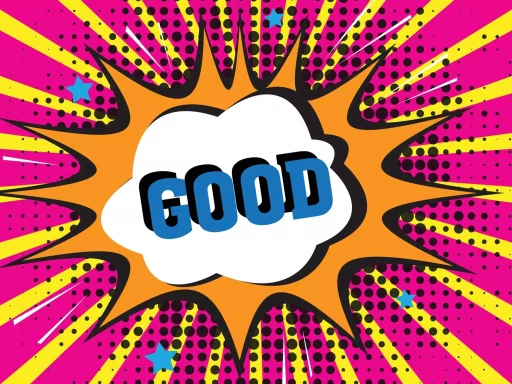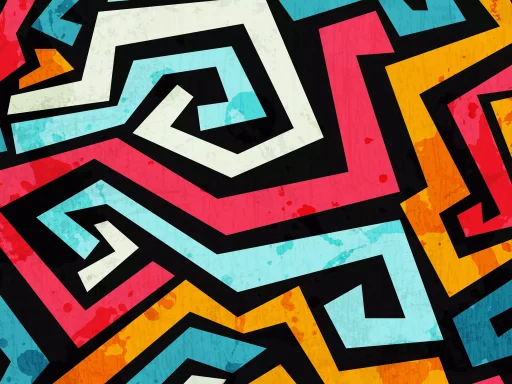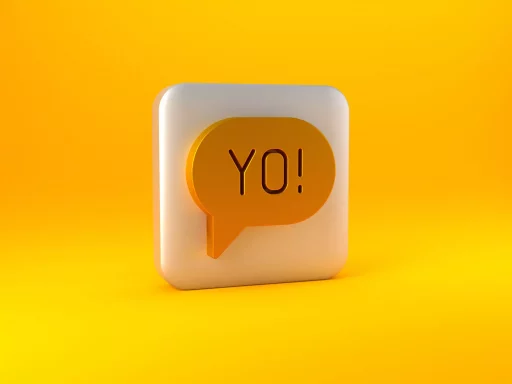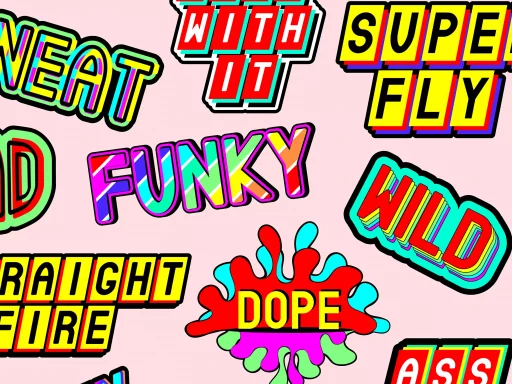Introduction
Urban Dictionary, a crowd-sourced online dictionary, has revolutionized the way language is defined and understood in contemporary society. Launched in 1999 by Aaron Peckham, it allows users to submit definitions of slang, colloquialisms, and even niche terms that may not exist in traditional dictionaries. This article delves into the meaning of Urban Dictionary, its impact on language, and its relevance in today’s digital age.
The Evolution of Language
Language is a living, breathing entity, constantly evolving with society’s cultural shifts. As new generations emerge, new forms of expression develop, often through slang. Urban Dictionary captures these dynamics, reflecting society’s changing attitudes and values. Here are some reasons why Urban Dictionary matters in the context of language evolution:
- Crowd-sourced Definitions: Users can submit their interpretations, broadening the base of linguistic diversity.
- Language Inclusivity: Urban Dictionary highlights terms used in various social groups, allowing voices from different backgrounds to be heard.
- Real-Time Updates: Slang and idioms can become outdated quickly; Urban Dictionary allows for fluidity in language.
The Structure and Functionality of Urban Dictionary
Urban Dictionary takes submissions from users worldwide, who can define terms and also vote on definitions to indicate their accuracy or relevance. This democratic approach results in a vibrant tapestry of language that captures the zeitgeist. Some insights into its structure include:
- Popular Terms: The homepage features trending terms, revealing what’s currently in the cultural lexicon.
- Example Sentences: Each term often includes example sentences that illustrate how the word or phrase is used in context.
- Community Engagement: Users interact by commenting on definitions and submitting their interpretations, making it a participatory platform.
Case Studies: Popular Words from Urban Dictionary
Several terms from Urban Dictionary have crossed over into mainstream dialogue, illustrating its influence:
- Bae: Initially a term of endearment, “bae” originated from “before anyone else” and became widely adopted in social media and popular culture.
- Lit: Popularized among younger generations, “lit” denotes something exciting or excellent, encapsulating the energy of youth culture.
- Ghosting: This term refers to the practice of ending personal relationships by cutting off all communication. It exploded in usage with the rise of online dating.
These examples highlight Urban Dictionary’s role in popularizing language and bringing informal speech into everyday conversation.
Statistics Behind Urban Dictionary
To illustrate the extent of Urban Dictionary’s reach, consider the following statistics:
- As of 2023, Urban Dictionary has over 13 million definitions.
- The platform records millions of daily visits, with users from diverse age groups, predominantly teens and young adults.
- It has over 7 million user submissions, showcasing its participatory nature.
These numbers reflect Urban Dictionary’s significant role in shaping contemporary vernacular.
Criticisms and Controversies
Despite its successes, Urban Dictionary has faced criticism. Some users argue that it can perpetuate offensive or problematic definitions, which may not align with more inclusive language standards. There are concerns regarding:
- Lack of Verification: Content submitted is not verified, leading to potential misuse and spread of misinformation.
- Offensive Content: Some terms may be derogatory, sexist, or racially insensitive, sparking debates about linguistic morality.
These controversies highlight the importance of maintaining a balance between freedom of expression and responsible language use.
Conclusion
Urban Dictionary represents a significant cultural moment where language meets the digital landscape. It embodies the fluidity of contemporary speech, reflecting real-world sentiments and fostering community engagement around language. As we navigate an ever-changing linguistic environment, Urban Dictionary will likely continue to be a vital resource for understanding the language of the present.






